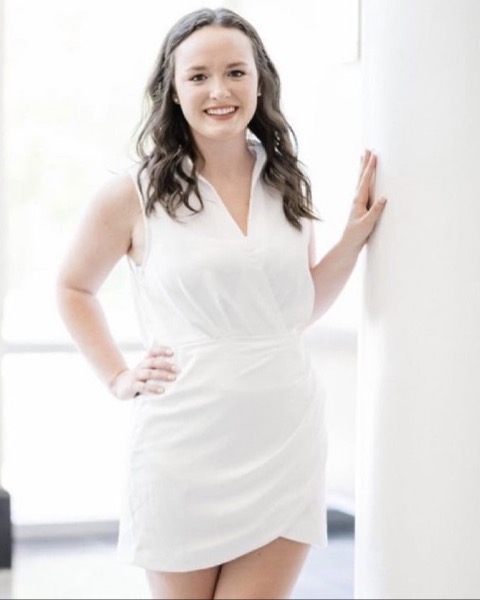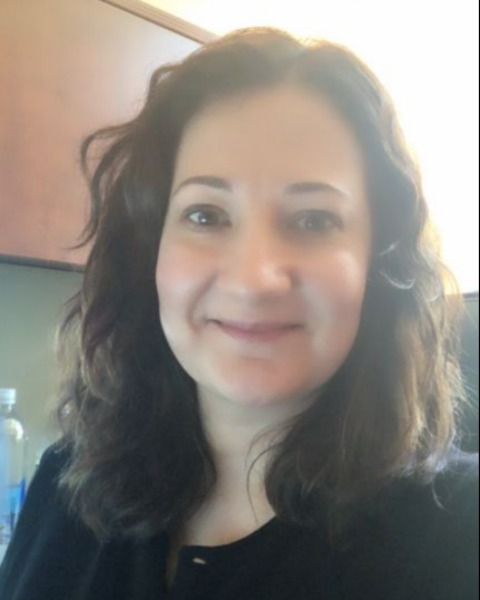(Re)habilitation and Counseling (C)
(PP102) Help-Seeking Behavior and Readiness for Intervention in Adult Cochlear Implant Candidates

Hailey Scoggins, BS
Doctoral Student
University of South Alabama, United States
Wilder Roberts, AuD
Assistant Professor/Clinical Audiologist
USA Speech and Hearing Center
Mobile, Alabama, United States
Dania Rishiq, PhD
Assistant Professor
The University of South Alabama
Mobile, Alabama, United States
Dania Rishiq, PhD
Assistant Professor
The University of South Alabama
Mobile, Alabama, United States
Wilder Roberts, AuD
Assistant Professor/Clinical Audiologist
USA Speech and Hearing Center
Mobile, Alabama, United States
Lead Presenter(s)
Presenter(s)
Contributor(s)
The Health Belief Model, developed by social psychologists, aims to predict intervention-seeking behaviors in patients with chronic conditions. This model postulates that help-seeking behavior is determined by multiple constructs including patient’s perceived barriers and facilitators, and by external influences such as perceived social norms (cues to action).
This model has been examined extensively in the context of hearing help-seeking, and has been applied to patients seeking hearing aids. Our study aims to apply this model to understand the health behaviors of cochlear implant candidates. This study will review responses to the Hearing Behaviors Questionnaire obtained from twelve cochlear implant candidates.
Summary:
Introduction: Several health models were proposed to understand the help-seeking behavior for various chronic conditions, including hearing loss. Models of note are the Transtheoretical Model (Prochaska & DiClemente, 1983) and the Health Belief Model (HBM), which was introduced by the social psychologist Godfrey Hochbaum and colleagues in the 1950’s. These models aim to explain the underlying motivators and barriers to intervention, and are applied to facilitate the uptake of treatment in patients with hearing loss.
Objectives: The objective of this current study is to understand the hearing help-seeking behaviors of adults seeking cochlear implants for the first time. To do so, we attempt to apply the HBM to assess the hearing health beliefs of adult cochlear implant candidates, and their relationship to help-seeking (i.e. intervention uptake).
Methods: To examine the hearing help-seeking behaviors in adult cochlear implant candidates, we used the Hearing Behaviors Questionnaire (HBQ), developed by Saunders et al. (2013). This questionnaire is believed to predict hearing health behaviors, and differentiate between help-seekers and non-help seekers (Saunders et al. 2013). It assesses the six constructs of the HBM. The constructs include: perceived benefits, perceived barriers, perceived susceptibility, perceived severity, and perceived self-efficacy as well as cues to action (i.e. perceived social norms). Schulz et al. (2016, 2017) added a seventh construct “perceived burden of communication partners” to the HBM, which seems to enhance the predictive ability of the model. Thus, we also collected responses from the candidates’ communication partners using the Hearing Handicap Inventory (HHI)- Communication Partner Questionnaire.
Other measures were also included in this study. Responses from self-reported inventories such as the Speech, Spatial and Qualities of Hearing (SSQ) scale, and the Cochlear Implant Quality of Life questionnaire (CIQoL) were collected from the participants. Speech recognition in noise scores were also obtained from the subjects. These aforementioned measures, in combination with HBQ scores, will be evaluated if they can predict help-seeking behavior in adult cochlear implant candidates. To date, responses from twelve subjects were recorded.
Results: Data collection is still in progress. However, based on previous literature regarding hearing aids uptake (e.g. Saunders et al. 2013; van den Brink et al 1996), we anticipate the following: Candidates who take up cochlear implants (i.e. help-seekers) will show higher perceived severity and benefit scores, and report higher cues to action than those who do not seek help. Individuals who decide not to take up cochlear implants (i.e. non-help seekers) will demonstrate lower scores on these constructs. That is, patients who have lower scores will be less likely to pursue cochlear implants than those with higher scores. Further, we anticipate that those who pursue intervention will show lower scores on perceived barriers, and perceive themselves as more susceptible to hearing loss, compared to the non-help seekers.
Learning Objectives:
- Upon completion of this session, the participant will be able to recognize the importance of using health models in understanding the help-seeking behaviors of patients with hearing loss.
